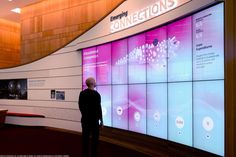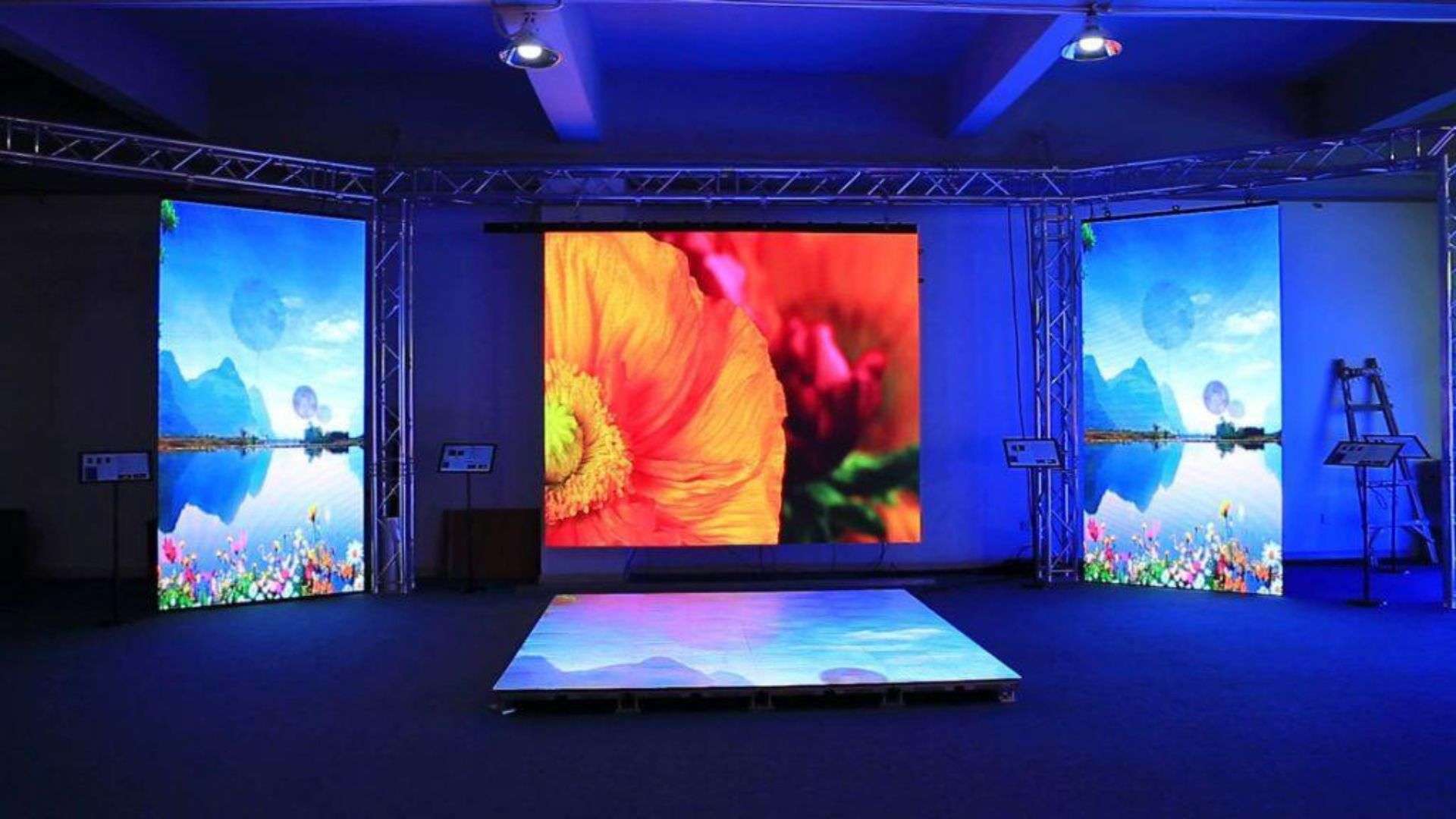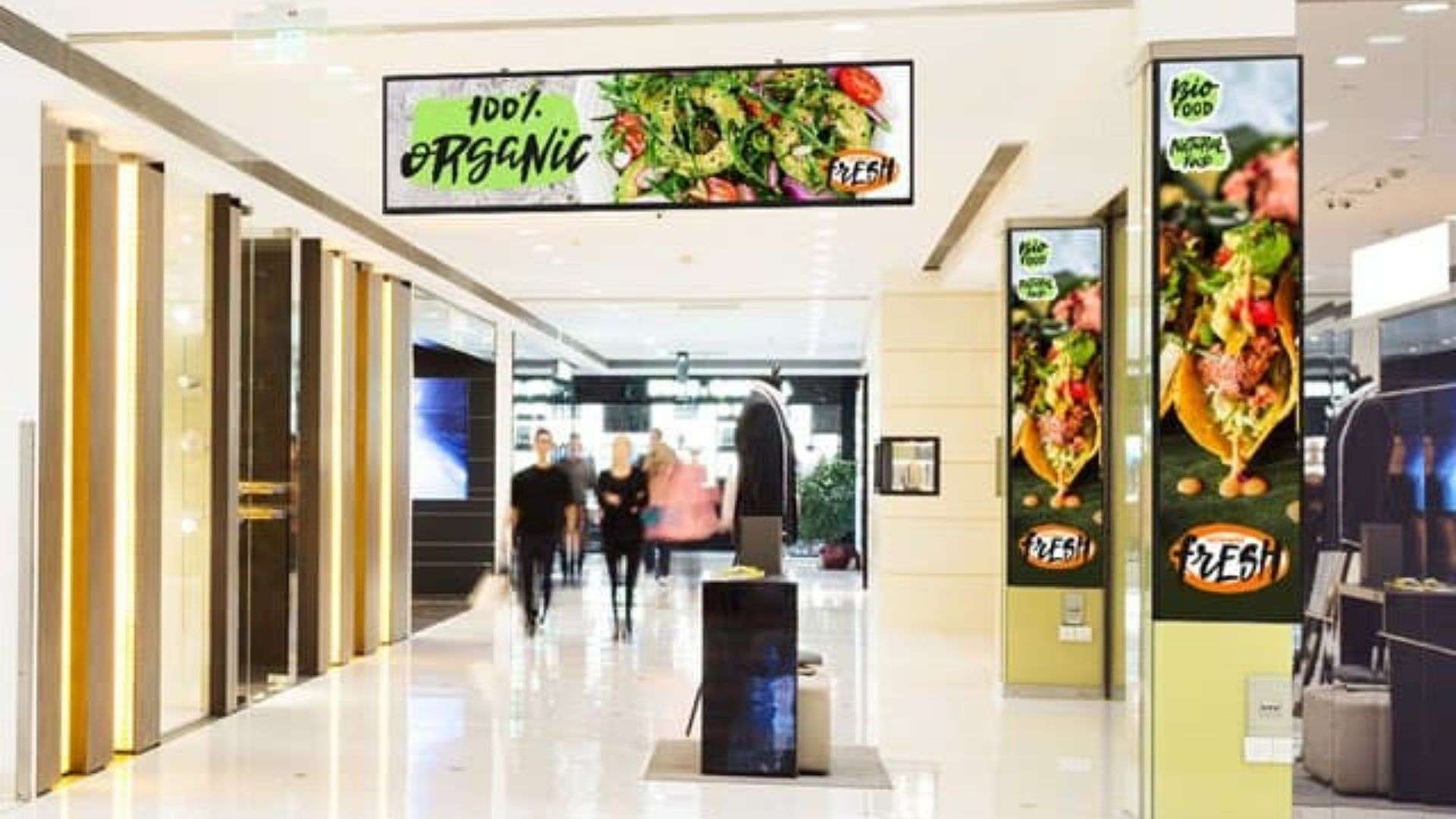
A SMD video wall is a system built on the basis of professional thin-seam LFD panels, which are combined into a single screen that allows you to display information from a variety of sources. The modular design of video walls makes it easy to build a screen with virtually unlimited dimensions and arbitrary configuration.
The very idea of a global increase in the number of cameras and other data sources, both when creating new facilities and when merging old ones (in the event of a merger of companies), buying or completing additional ones, as well as combining systems of different functional qualities (for example, video surveillance, access control systems and fire alarm systems, videoconferencing, civil defense systems) requires the aggregation of a large amount of visual information in one place. When assigning operators to perform specific tasks within a group of monitoring center operators, up to 50% of the information may coincide. Video walls are a natural solution that, on the one hand, allows you not to duplicate the necessary information, and on the other hand, facilitates the visual perception of large amounts of visual data. In addition, video walls are modular in design.

Why are companies willing to invest in video walls? Each will have their own reasons for deploying them.
Here are five of the most common reasons to use a video wall:
1.SMD Video wall FULL SCREEN VISUALIZATION

Video streaming is the most popular and, not surprisingly, the most obvious use case. Due to their size, video walls can impress the viewer with graphic detail or multi-screen broadcast, thus creating a digital visualization that is not available to single displays. In addition, modern solutions can even project live TV broadcasts.
2.INFORMATION DISPLAY on SMd video wall

Video walls are especially popular in airports, train stations and various industrial areas where there is a need to constantly display large amounts of data to many viewers. Departure/arrival time and status will become much easier to find and read if they are not crammed on one screen, but spread across several high-resolution multi-screen displays. Video walls are great for displaying data because they allow you to show more information to more people at the same time.
3.INTERACTIVITY of smd video wall
Immerse your viewers in a virtual reality world where they can interact with their surroundings. The ability to interact and change the displayed content will bring your flat video wall to life.
4.SOCIAL MEDIA BOARDS

Do you have social media accounts to promote your organization? Showcase the content it contains through social media boards. Video walls are capable of displaying multiple social media fields at the same time, allowing users to see posts from a site of their choice.
As you yourself already know, the number of video walls that we encounter every day in the digital world around us is steadily increasing. From shopping malls to airports and far beyond, multiple displays are used to create a unified, high-impact screen that shows a single image or segmented content. But while the huge screen looks fantastic, the larger size magnifies any bugs you might not have noticed before.
5.IMPORTANT ASPECTS OF smd VIDEO WALL:
The first and main difference of video walls, which interests us, is the absence of static, that is, reproducible by time or playlist, clips that are usually stored on the internal media of the player or network sources, DVD or Blu Ray drives. All information used in the work is dynamic and changes over time, whether it is the output of CCTV cameras or maps of objects with the output of parameters from ACS or FPS systems.
The second difference can be considered the geometry of the screens. Of course, standard 2×2 or 3×3 are quite often used, especially in small projects, in which, due to a small budget, ready-made video wall solutions are used. Basically, these solutions can work with standard resolutions of reproduced Full HD and 4K screens as a maximum. But technically, the screens of control rooms, situational, coordination, monitoring centers and other similar places have a geometry not 16×9, but much more elongated horizontally. And mostly 32×9 and more. On the one hand, this allows you to more fully use the available space, on the other hand, it makes it possible to logically divide one split screen into information display areas (displaying different logical visualizations in different parts of the screen).
The third difference will be the technical means used to build the video wall. To date, there are several types of video wall gradations:
1. By the type of display means used (LSD and DLP projectors, LSD panels, plasma panels, video cubes and LED panels).
2. by scope (for control rooms, restaurants, processing centers, videoconferencing systems, art objects, etc.).
3. By the mechanisms of formation and switching (matrix switches, Digital Slaising (a term from design technology), IP systems, traditional controllers based on Matrox boards and similar, and controllers built into panels.
CONCLUSION:
In general, it can be noted that video walls are a flexible, modular and technological solution available for a fairly wide range of customers, although not without their own specifics.






